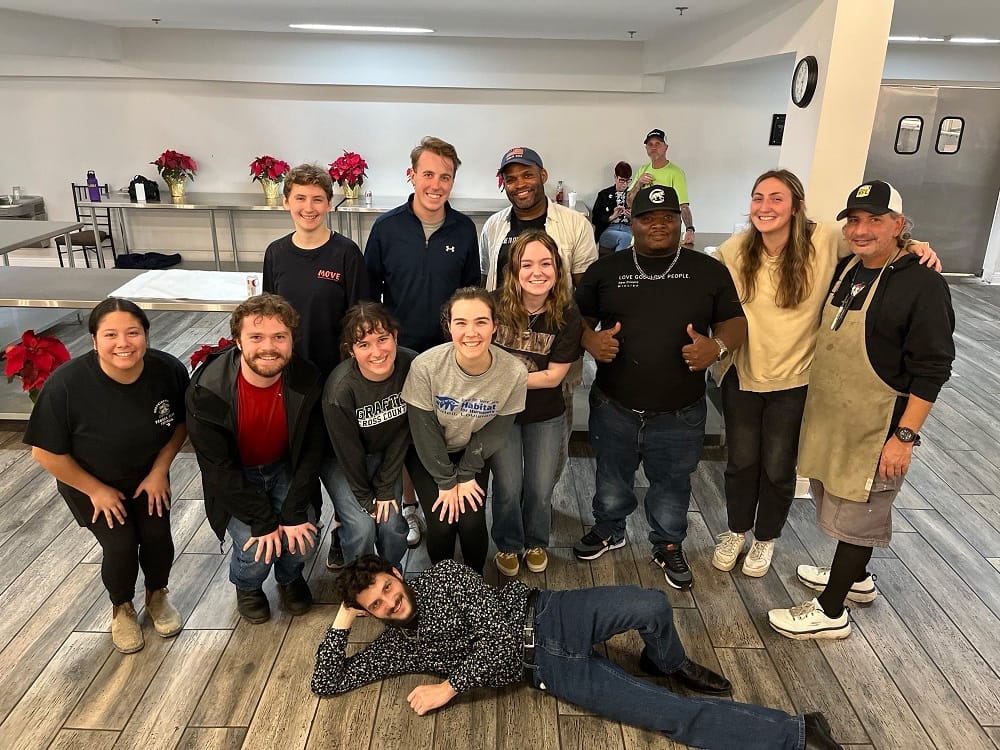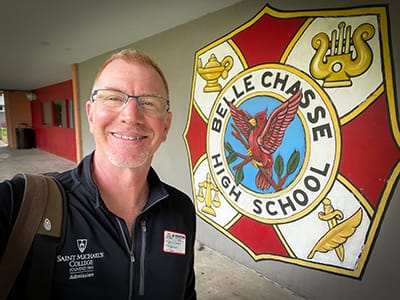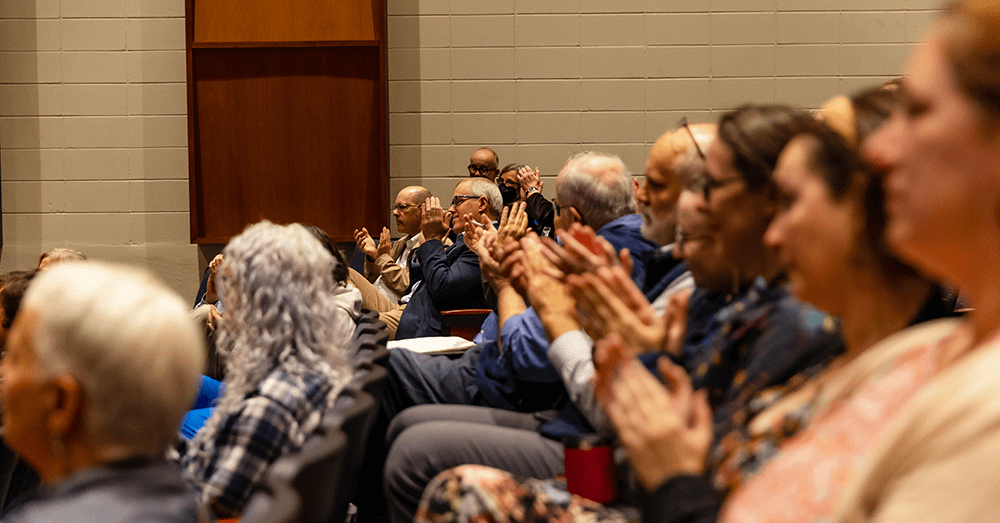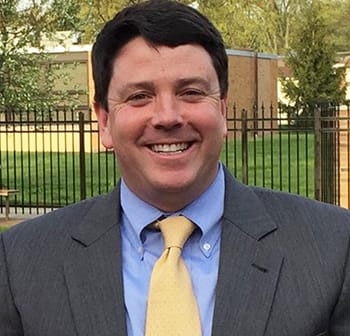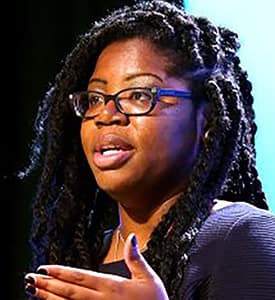Holy Land study trip gives students sense of sacred space
A goal of their recent winter-break study trip to the Holy Land for Saint Michael’s faculty leaders Edward Mahoney and Sajida Jalalzai of Religious Studies was that their 12 student-participants acquire a meaningful sense of “sacred space.”
During a late-afternoon program Tuesday in the Farrell Room, participants from the trip used all their senses to describe and recreate their 10 days experiencing and contemplating sites in Jerusalem and throughout the West Bank, guided by scholarly experts. They toured sites sacred to all three great Abrahamic religious traditions — Judaism, Christianity and Islam — as Jalalzai, a practicing Muslim, and Mahoney, a devout Catholic, noted in opening remarks.
Sun shining through the clouds and the fresh quality of the air deeply moved political science major and Catholic Victoria Sullivan ’18 of Wolcott, NY, during a visit atop Mount Tabor as their Jesuit priest-guide talked about Jesus wanting to “take a deep breath and think about things” at the site, she recalled, “and that’s what I did too – it was one of the most beautiful moments I’ve had or ever will have.”
Everyday simple joys, like the delicious Middle Eastern bread, made lasting impression on Manuela Yeboah ’17 of Newark, NJ, who said she grew up Pentecostal Christian and felt this trip “would enhance my faith” — such as at the Mount of Beatitudes, which she found to be a good place “to go back to the Bible and see different passages, and actually be in those places.” Daily journaling and the quality lectures about various interesting topics were on her shared highlights list.
Niall Keane’18 (Yonkers, NY) spoke of hearing a Mass in Arabic (as an added detail from that stop, alumna journeyer Darcy Andrade ’15 of the College Admission Office recalled picking up on the hymn tune for “O Come All Ye Faithful,” which the tour group members then spontaneously sang in English alongside Arabic singers) – or, again for Keane, hearing a Muslim call to prayer many times a day and just appreciating the “amount of piety practiced in the area.” Valentina Rojas’17, a political science major from Aventura, FL, recalled drawing fresh and sparkling water from Jacob’s Well – though later, the wine they tried that was being sold at Cana “was really bad!”
Trip leader Jalalzai said she had never been to the sites that the group visited before – perhaps most notably, the Dome of the Rock, which is very holy to Muslims, as to other traditions. She, alone, among the group as a Muslim was allowed inside that site to pray, thereby gaining a sort of spiritual extra-credit in accordance with Muslim belief for saying her prayers at such a holy site, she explained. Regarding “sacred space,” Jalalzai said in her introductory remarks, the idea on the trip was to ask “what is it, how does it work in religions, and what are sacred geographies of religions and how do they manifest concretely?”
After his colleague’s opening, Mahoney shared an abbreviated version of the extensive daily itinerary, calling the 10 days “packed but enjoyable” as he told of key lectures and related tours of sites. Several early and later days were dedicated to Jerusalem sites, with other days bringing them to Bethlehem, the Galilee, West Bank villages and other West Bank sites. The stayed in Bethlehem in the Palestinian West Bank most nights, which enhanced and deepened everybody’s appreciation of that culture, many said. Slides of the group in the more notable sites helped set the mood as Mahoney spoke. He told of visiting the Qumran Dead Sea Scrolls site; and of the enormous history-rooted complexities of the region’s politico-religious currents: The three predominant viewpoints typically encountered, according to Fr. Jamal Khader, one of their guide/lecturers, are: That all of Judea and Samara is God-given, held by Jewish settlers and their supporters; that Israel does not have a right to exist, held by Muslim fundamentalists; and Christian Zionism, which holds that the Second Coming of Jesus will be in Jerusalem, so a strong Israel facilitates that coming about.
All the students and leaders commented on the tight security and seeing heavily armed Israeli soldiers everywhere, with many checkpoints; some said how to some degree, one became used to it, though others also said it made them “sad” in a way that could overshadow other experiences they were having.
Karen Talentino, vice president for academic affairs, asked near the end of the program how group members would define “sacred space.” Rojas said she thought about sites where more than one tradition considered it to be sacred, telling of a special moment when four group members went inside the Church of the Holy Sepulcher. “It was the moment that made it a sacred space,” she said, just feeling the energy there, in a way that was challenging to explain. As Jalalzai put it, “Regardless of one’s faith background, a lot of these spaces are charged with a lot of energy. We were brought almost to tears by this energy radiating from that space.”
Mahoney said for him, a primary distinguishing positive aspect of this trip was having Jalalzai along. “It was very good for our students to have a faculty from another religious tradition than their own or mine, a tradition that has real roots in that land, and someone who is practicing that faith,” he said. “I felt it was important for our students to experience a woman of faith going in the Dome of the Rock Mosque.” Both leaders said they hope another Holy Land trip with students can be planned again soon, ideally next year, again to keep momentum going on such a worthwhile experience.
